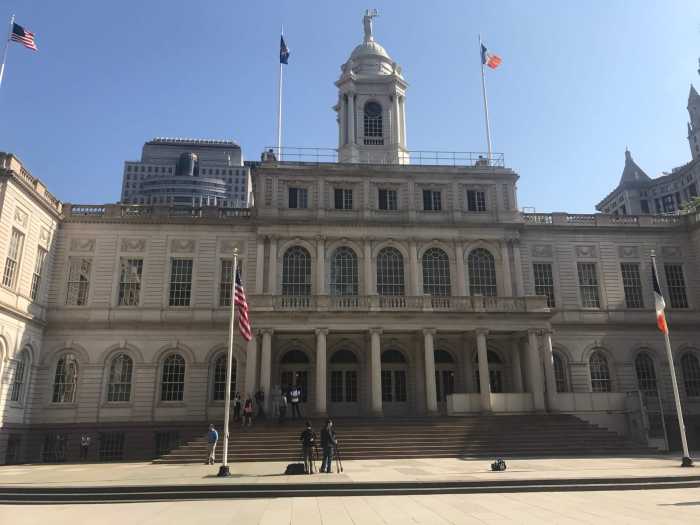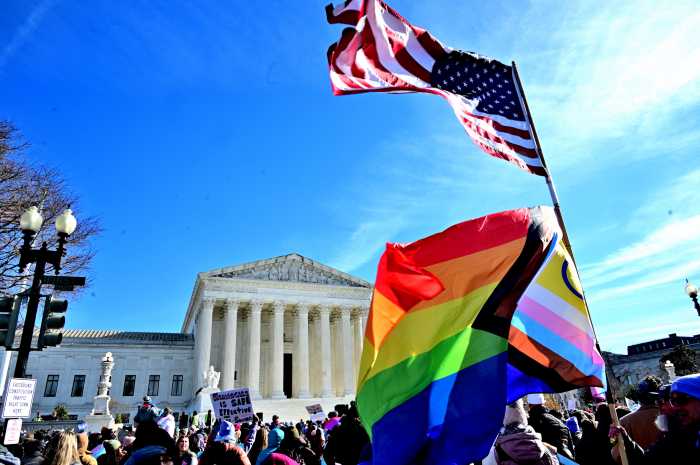The shock and horror the two presumably straight men experienced when they recognized the intimacy that had been joined was predictable, to be sure – but not unfunny.
By: PAUL SCHINDLER | I will stipulate right up front that I didn't see the now-infamous Snickers ad when it first ran on Sunday night. Truth be told, it was only on Tuesday that I pieced together the fact that the Colts are no longer in Baltimore.
But, not being wholly immune to popular culture, I did catch on early in the week that there was, shall we say, something about Snickers.
It was just last week that I used this space to voice concern about the wisdom of the Gay and Lesbian Alliance Against Defamation (GLAAD) and the Gay, Lesbian, and Straight Education Network (GLSEN) sending their top guns out to L.A. to sit down with Isaiah Washington, a TV star on “Grey's Anatomy,” to discuss his use of the word “faggot” to denigrate a gay colleague.
Words hurt, and hateful words create a climate where other, more serious offenses come to be seen as okay. At the same time, I worry that overplaying the issue of hate – or just plain stupid – speech can obscure the deadlier but all too common occurrence of violent assault based on bias and hatred.
I feared that the whole Hollywood confab thing threatened to trivialize a vital issue in the lives of gay, lesbian, bisexual, and transgendered Americans.
So, when I started to see press releases from GLAAD, this time joined by the Human Rights Campaign (HRC), before I even had a chance to view the Snickers ad, I thought we were headed down the same path.
My initial peek at the ad on YouTube confirmed my fear. I actually thought the version that, I gather, ran on TV Sunday evening was hot. The candy-aggressor was sexy and I frankly just don't see enough of that kind of mouth-chewing in film and video make-out scenes.
The shock and horror the two presumably straight men experienced when they recognized the intimacy that had been joined was predictable, to be sure – but not unfunny. Ripping their chest hair off was a foolproof way of leveraging the saturation familiarity of that movie which, of course, I also didn't see.
Then I watched the Web “alt-finishes”-a keep-the-buzz-going-Monday technique which had, as if by magic, become instantly de rigueur among Super Bowl marketers this February.
The ending that involved a third auto mechanic coming by for a three-some was, in my book, very funny. The alternative in which the two men drink motor oil, or windshield fluid, or whatever, was offensive, but only in its silliness.
But I gotta tell you-the one that portrayed one guy gut-punching the other with a huge wrench and then getting his head slammed under the car hood hit me hard.
Years back, while a one-night visitor to Columbus, Ohio, I chanced upon a reasonably innocent conversation with a handsome young jogger that suddenly turned into a brutal assault by him and four of his confederates hiding behind a clump of trees. The young thugs had auto garage tools.
Even what I desperately hoped would be the menacing sight of a gay man's blood did nothing to diminish their lust for violence.
Only the siren of an approaching squad car halted the attack – and even then the cop listened patiently as one of the assailants, who had the gall to hang back, accused me of propositioning his buddy, before going on his merry way.
My reaction upon seeing the YouTube video was visceral and painful.
HRC and GLAAD were right to call Mars Inc., the makers of Snickers, on the ad's violent version.
It's unfortunate that the edgy humor the company clearly had in mind when developing the ad concept bled – inexorably, given our current cultural climate? – into the thoughtlessly glib toying with brutal violence.
And it pisses me off that, with so much else to work on, our community has to keep expending effort playing the scold in a culture too fearful to be caring.


































